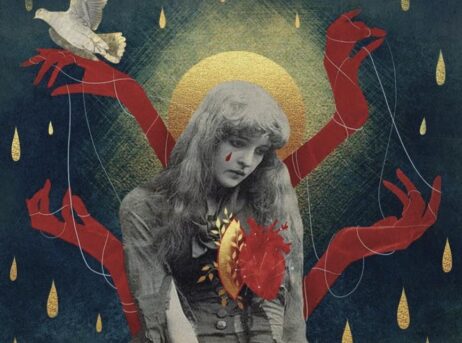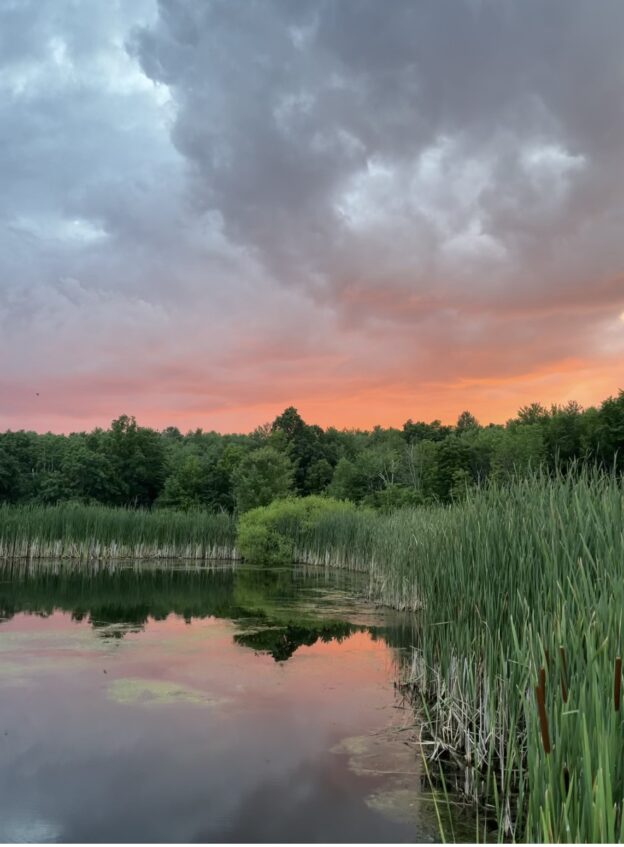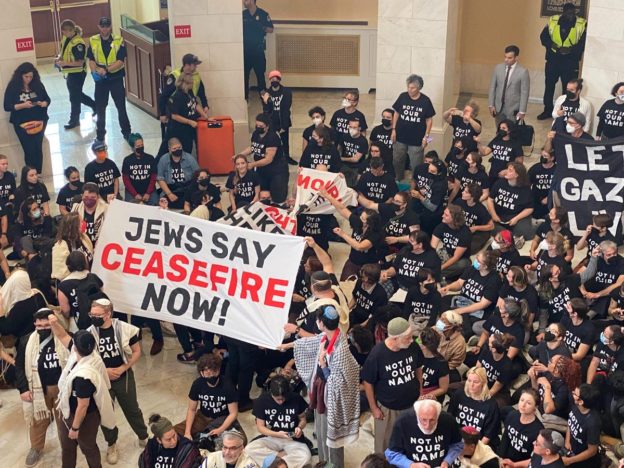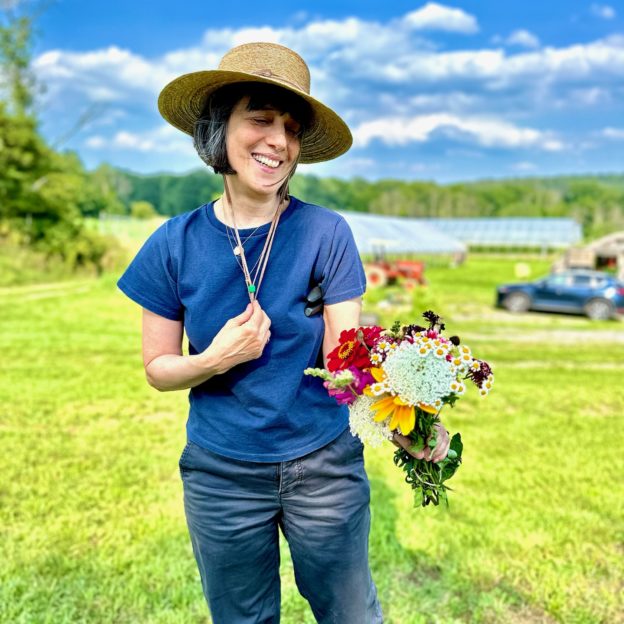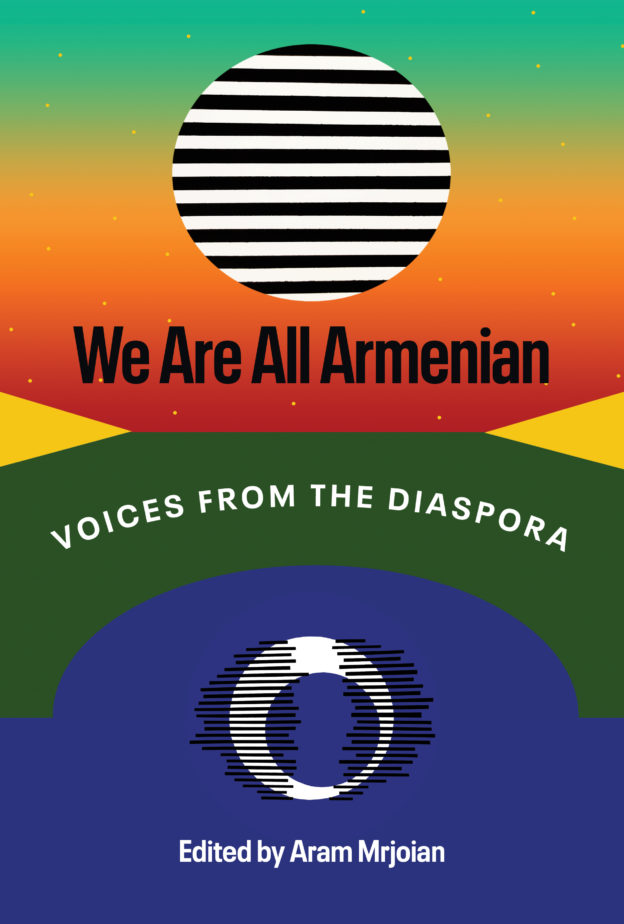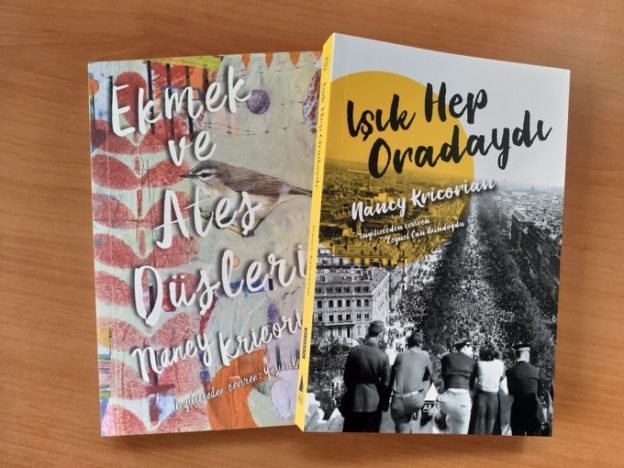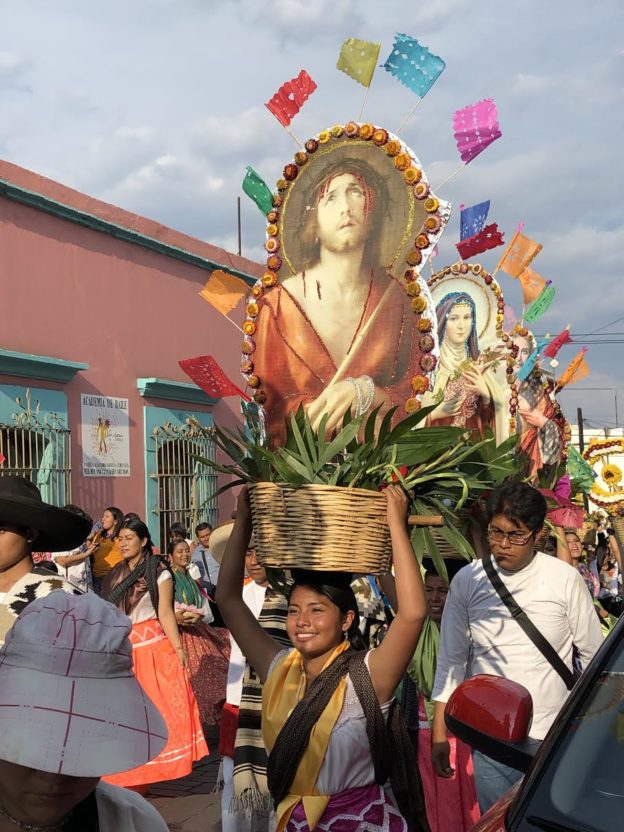Do Something: Advice for Dark Times
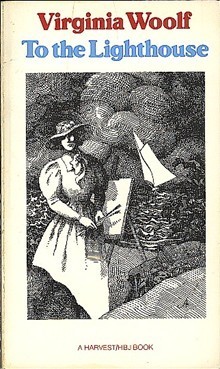
His immense self-pity, his demand for sympathy poured and spread itself in pools at her feet, and all she did, miserable sinner that she was, was to draw her skirts a little closer round her ankles, lest she should get wet. In complete silence she stood there, grasping her paint brush.
~ Lily Briscoe’s response to Mr. Ramsay in Virginia Woolf’s To The Lighthouse
I’ve been thinking of this scene from To The Lighthouse, a novel that I have read at least a half dozen times, as the horsemen of the apocalypse continue their erratic assaults on all our systems and institutions. Of course, their doings are more depraved and destructive than Mr. Ramsay’s patriarchal self-pity and narcissism, but there is much to learn from Lily Briscoe’s refusal, her drawing her skirts closer to her ankles, and holding onto her paint brush as a tool and a weapon.
What is pooling at our feet is not water, but shit, because as Steve Bannon had recommended, they are spreading the stuff with great abandon. “The Democrats don’t matter,” Bannon told writer Michael Lewis in 2018. “The real opposition is the media. And the way to deal with them is to flood the zone with shit.”
Journalists are kept busy writing about the latest outrage, and the rest of us are barely able to react to one horrible news item before the next one appears. As AOC put it in a February Instagram live: “It’s important for you to understand that the paralysis and shock that you feel right now is the point,” she continued. “They are trying to induce a state of passivity among the general public.”
We must pay attention to what they are doing, but we can’t afford to let them overwhelm us with their crap to the point that we are paralyzed. I glance at the headlines, read various newsletters on topics that concern me, and check out the social media feeds of trusted sources who cover Palestine, the academy, immigration, climate catastrophe, abortion, and policing. During the horsemen’s last reign, a friend recommended a daily roundup curated by Matt Kiser called WTF Just Happened Today, and I find it particularly helpful—Kiser reads the day’s political news and starts with “what happened today in one sentence.” Below that are paragraphs with links going into more depth for those who are interested.
In addition to keeping abreast of the news (without being inundated), I try to push back against their cruelty in the way that I can each day. It’s up to each of us to decide what we care most about and to find the best people working on that issue and then to act. When people ask my spouse James what they should do in the face of the genocide in Gaza or any of the other depredations we are witnessing, he replies, “Do something.”
Yours in struggle,
Nancy K
READ & LISTEN
A long, thoughtful, and essential piece by Taner Akcam about the crisis in Holocaust and Genocide Studies brought about by the genocidal campaign in Gaza.
Publisher’s Weekly finally ran a review of THE BURNING HEART OF THE WORLD, saying, “…the lyrical latest from Nancy Kricorian…is an impactful story of trauma.”
A piece that I wrote about the Armenian genocide, Gaza, and Columbia that was published on April 24 by YES Magazine.
James’s speech at the 25-hour Columbia Speak Out (his is the second one).
I recorded a Podcast interview with Meat for Tea, and did a print interview with LibraryThing in which I discuss my research process, the female bildungsroman, and things Armenian.
May 14, 2025
